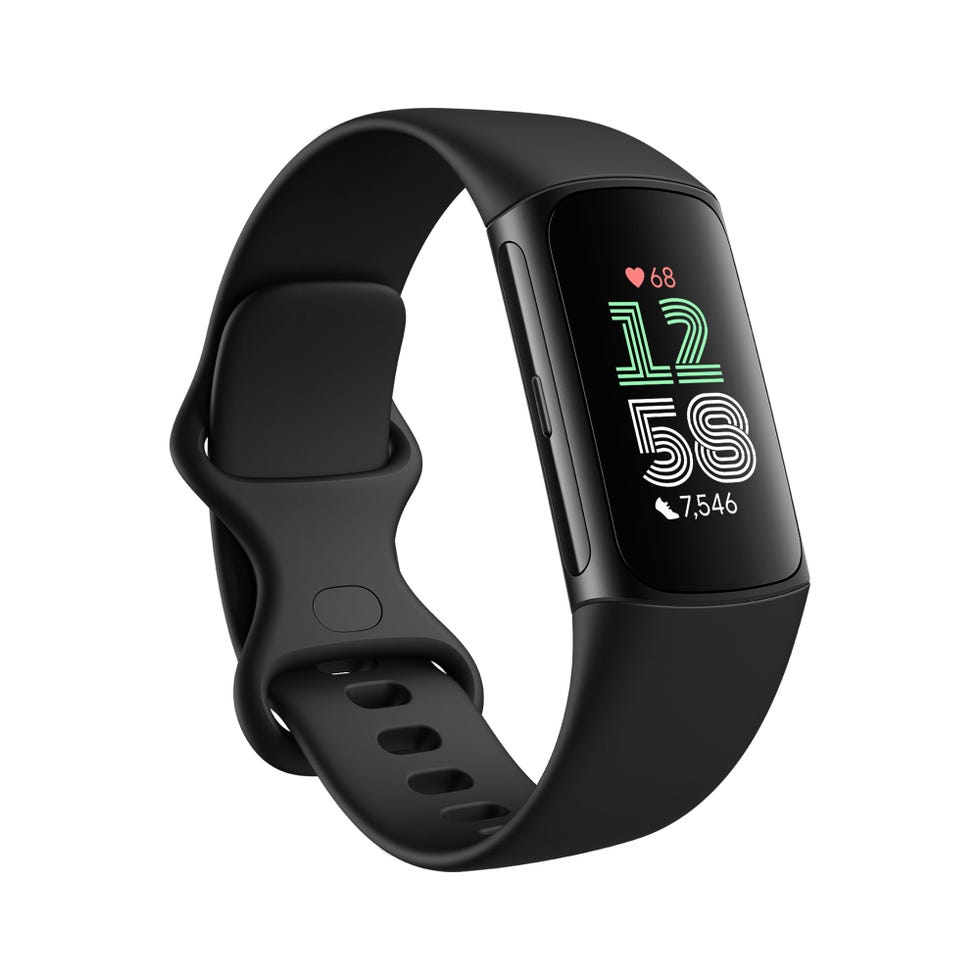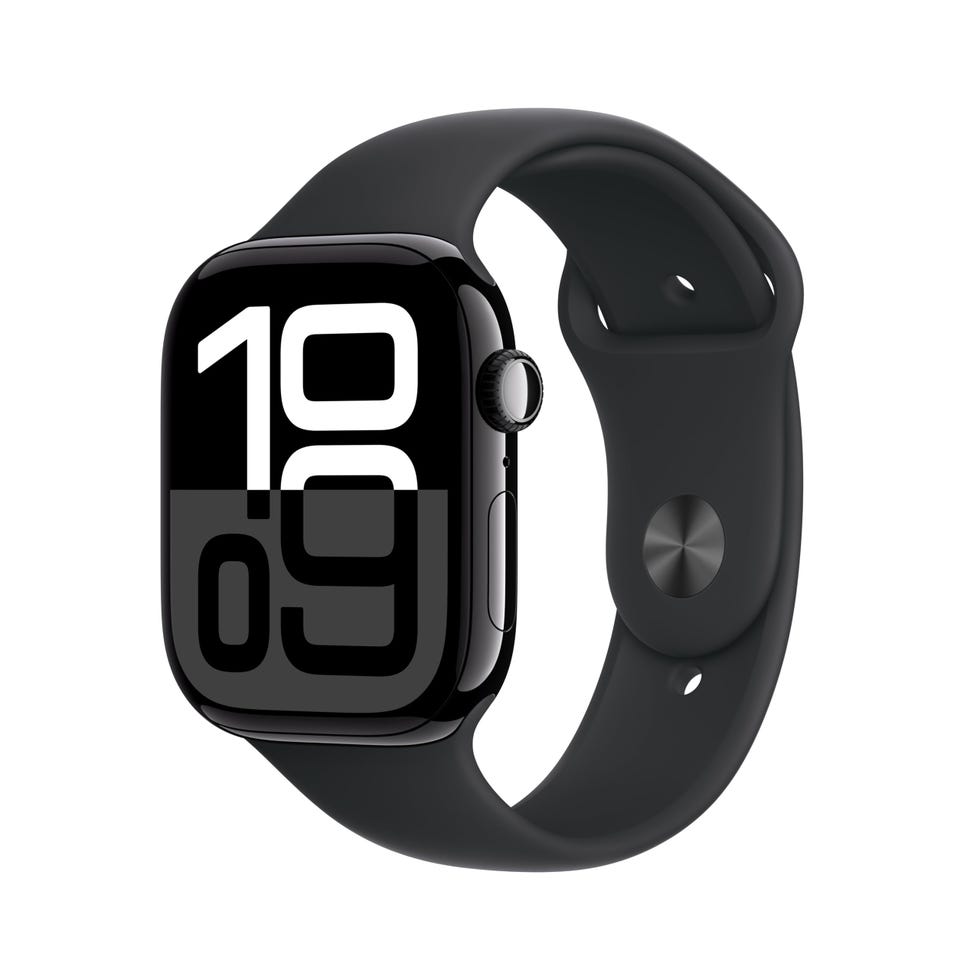Walking has a whole bunch of benefits like improving cardiovascular health, mood, and sleep—but exactly how many miles do you need to walk per day to get these perks?
You might have heard that 10,000 steps—which ends up being about five miles—is the daily goal you should shoot for. But this number might be more arbitrary than you think. In fact, though this rule of thumb has been around since the 1960s, there’s little *scientific* evidence that walking 10,000 steps should be your target, according to a 2022 review in The Lancet. (We aren’t exactly sure what the origin of this popular step goal is, but it could be partly due to the fact that the Japanese character for 10,000 looks like a man walking, as Women’s Health reported previously.)
Luckily, there is some science that helps clarify what a good step goal is and, good news: it’s lower than 10,000 per day. Here’s how to determine how many miles you should walk per day, according to experts.
Meet the experts: Alexander Rothstein, CSCS, ACSM-EP, is an exercise physiologist and instructor for the exercise science program at New York Institute of Technology. Laura A. Richardson, PhD, a professor of Applied Exercise Science and Movement Science at the University of Michigan School of Kinesiology.
How Many Miles You Should Walk Per Day For Overall Well-Being
On the low end, anything above 2,200 steps (which is roughly a little over a mile, assuming that 2,000 steps is roughly one mile) was associated with lower mortality and cardiovascular disease, according to a 2024 study in the British Journal of Sports Medicine. But, when it comes to getting the most out of the activity, walking anywhere from 6,000 to 7,500 steps was found to reduce all-cause mortality for women over 60, according to the 2022 Lancet review. Meanwhile, for those younger than 60, step-count benefits didn’t plateau until 8,000 to 10,000 steps. Beyond all-cause mortality, a higher step count—this time just under 10,000 steps—was found to be associated with a lower risk of dementia, though benefits were observed with as few as 3,800 steps per day, according to a 2022 study in JAMA Neurology.
Basically, there’s a range of how many steps you should shoot for, and you could see benefits even walking short distances, depending on your experience level. One thing to keep in mind is that the CDC recommends that adults get 150 minutes of moderate to vigorous-intensity exercise per week, so if walking is your main form of exercise, you want to make sure that you’re hitting this number of minutes—no matter what the mileage is, says Alexander Rothstein, CSCS, an exercise physiologist and instructor for the exercise science program at New York Institute of Technology. This might mean walking for about 22 minutes every single day or for 30 minutes, three days a week. Since time is what matters here and everyone walks at a different pace, there’s a range of how many steps and miles this would shake out to.
Something else experts want you to consider is that when it comes to walking for better health, frequency is also super important. “With walking, you’re looking for this to be as many days of the week as you can,” says Laura A. Richardson, PhD, a professor of applied exercise science at the University of Michigan. It’s all about finding a step count that’s sustainable—as in, it won’t leave you too sore and tired the next day—which will be different for everybody based on their fitness level. Start with fewer miles and then increase over time to create a more sustainable routine.
Aim for: anywhere between 2,000 and 8,000 steps per day—which is between one and four miles. Keep in mind that frequency of your walks and the total time you spend walking per week is also important.
How Many Miles You Should Walk Per Day For Weight Loss
If weight loss is your goal, answering this question really shifts to focusing on energy expenditure, both experts agree. Increasing distance or intensity are both ways to turn up the amount of energy you’re using on a walk, but if you’re looking to lose weight, just walking might not be the most efficient and effective way to go.
Strength training, as well as more varied exercise than just daily walking, would be most effective. Not to mention, so many other factors like genetics, nutrition, and environment contribute to weight loss. When it comes to walking though, one 2018 study in Obesity found that 10,000 steps did enhance weight loss, especially if 3,500 of those steps were performed at a higher intensity.
Aim for: closer to two miles (and up to five) at a higher-intensity speed. But remember that walking alone might not be enough to see weight loss results, and strength training and nutrition are key.
Expert Tricks For Getting More Miles In Every Day
Focusing on breaking up sedentary time, or the time that you spend not moving, also has important health benefits that might be more important than your total distance walked per day, Rothstein says. One small 2024 study in Medicine & Science in Sports & Exercise found that people who got up and walked for just five minutes after 30 minutes of sitting were more likely to have lower blood pressure and lower blood sugar.
Plus, “micro-walks,” or walking in short bursts throughout the day, were found to use more energy than walking the same distance all at once in a 2024 Proceedings of the Royal Society B study. They demand more of your metabolism and can improve circulation, mental health, and digestive health when spaced out, per previous WH reporting.
Tips to increase your step count throughout the day, according to experts:
- Wear a device that counts your steps so you can keep track of your goals.
- Keep items you reach for all day in another room so you have to get up, like keeping your phone plugged in far from your workspace or bed.
- Set reminders on your phone to stretch your legs throughout the day.
- Keep an under-desk treadmill handy for TV watching, phone calls, or breaks. (They’re just not ideal for anything that requires intense mental focus, says Rothstein.)
- Take a quick walk during your lunch break.
- Park your car farther away from your destination.
- Opt to take the stairs.
- Prioritize “micro walks” by taking a five minute walking break after every 30 minutes or so of sitting.
All The Gear You Need To Get Your Walking Mileage Up
How To Make Your Walks More Challenging
The main elements you can change to increase intensity are speed and incline, says Rothstein. These will increase the workout that your heart gets and burn more calories. But, there are a few other ways to get your heart pumping harder on a walk.
Additional ways to make a walk more challenging, per experts:
Olivia Luppino is an editorial assistant at Women’s Health where she covers health and fitness. She previously wrote for The Cut, POPSUGAR, and Salon and has written about everything from New York Fashion Week to dating app trends to the United States Women’s National Soccer team (a.k.a. her heroes). When she isn’t writing, Olivia is likely catching up on Bravo shows or running late to barre class.








